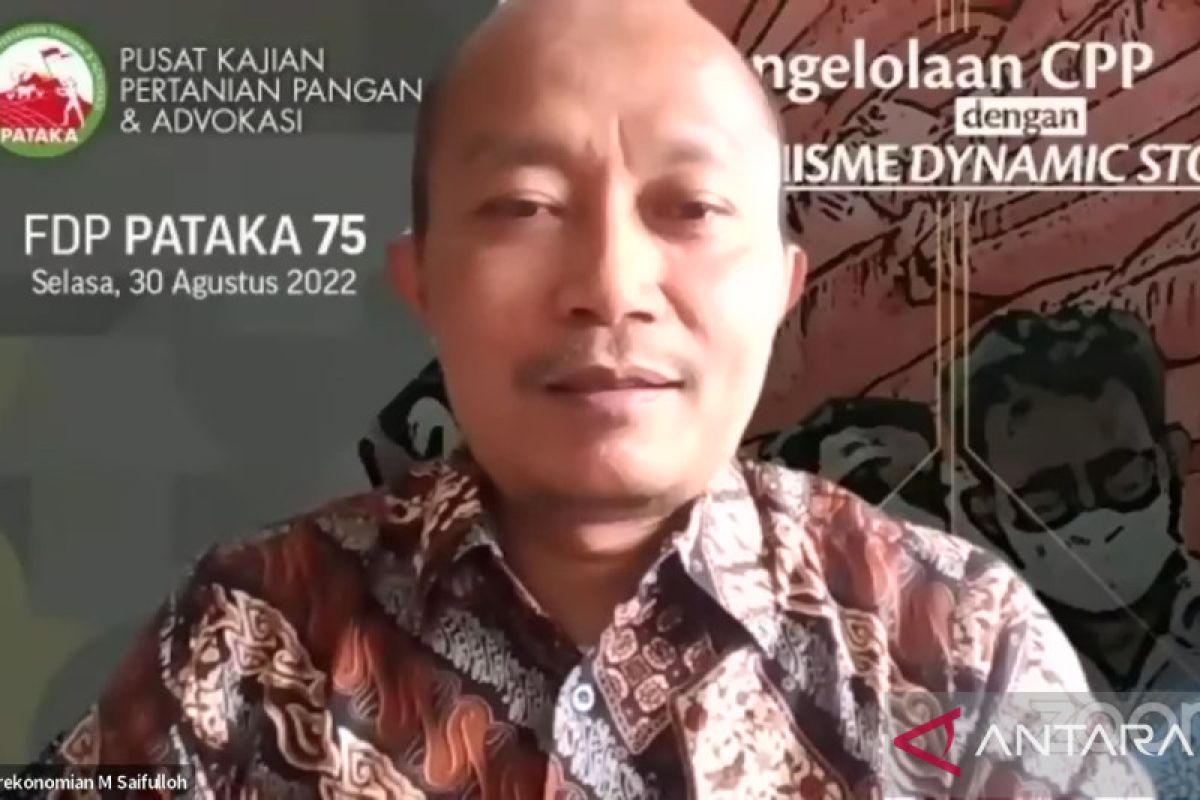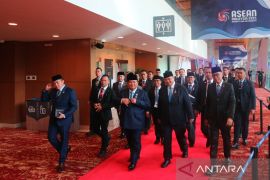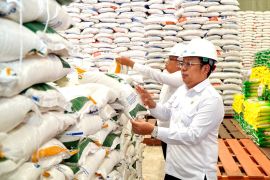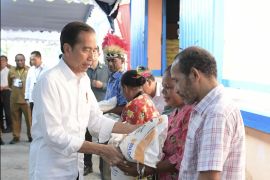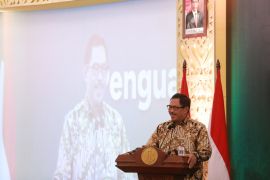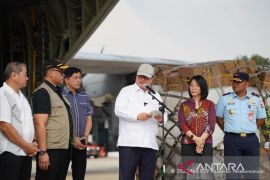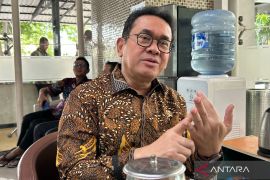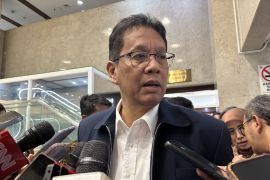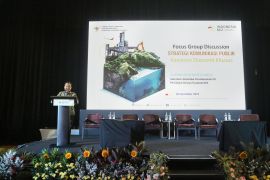When farmers or ranchers need a supply of raw materials, then along with high global prices, the government can helpJakarta (ANTARA) - The government has pushed for an improvement in long-term food reserves to anticipate likely issues pertaining to availability, affordability, stability of food supply, and prices in the midst of global trade flows.
Assistant Deputy for Food of the Coordinating Ministry for Economic Affairs Muhammad Saifulloh stated that the government pressed for the availability and stabilization of food prices through the management of Government Food Reserves (CPP).
"When farmers or ranchers need a supply of raw materials, then along with high global prices, the government can help. If the government has a buffer stock, it will be able to provide long-term supply," Saifulloh made the statement during an online discussion titled "Management of Government Food Reserves with Dynamic Stock Mechanisms" hosted here on Tuesday.
The reserves are deemed vital to ensure the availability of food reserves to anticipate food shortages, price fluctuations, and/or emergencies, according to Saifulloh.
The types of food designated as CPP include rice, corn, soybean, onion, chilies, poultry meat, poultry eggs, ruminant meat, consumption sugar, cooking oil, and fish.
According to Saifulloh, the reserves were set following some indicators including the amount of food production in the country, the price and supply of certain staple foods at the producer and consumer scope, international agreements and cooperation on food assistance, as well as the recommended nutritional adequacy rate.
"We do not have a good buffer system yet, so we often use subsidy mechanisms and so on. With the Government Food Reserves, we hope that food (stocks) will be stable and under control," he remarked.
Saifulloh expects the initiative to boost synergy between the central and regional governments, including by involving state-owned enterprises, industry, and associations, to promote improvement and equitable distribution of food security.
Related news: Deputy minister opens event to raise youth interest in agriculture
Saifulloh also urged the National Food Agency to plan targets on distribution and procurement of CPP.
On the other hand, Logistics Indonesia was tasked with organizing the first stage of the reserves, which included rice, corn, and soybean.
On the same occasion, director of distribution and food reserves at the National Food Agency Rachmi Widiriani noted that the food reserves governance plan ranged from supply, procurement, and management to release and distribution.
Widiriani pointed out that some specific items regarding commodity prices of the reserves' program's mechanisms had to be regulated.
Related news: APEC ministers to prioritize ensuring regional food security
"In the Government Food Reserves, it must be ascertained where to buy it and how much it is. Hence, it is not only regulated but also determines how much commodity purchases will cost and how many will be (distributed)," Widiriani stated.
She also stressed the importance of commodity quality and price in the management of food reserves as a means to maintain market sustainability.
Through these efforts, she expects that the stability in food prices over time and between regions could be achieved.
Moreover, it was expected to help in controlling inflation, improving the welfare of farmers and producers, maintaining business continuity for them, and contributing to reducing stunting.
"One of the efforts to expand the market in the distribution of Government Food Reserves is quality assurance. It will be easier at the time of distribution," she concluded.
Related news: Govt launches FOLUR project to build food system integration
Related news: Ambassador urges W Sumatra to open Padang restaurant in Norway
Translator: Adimas R F P, Mecca Yumna
Editor: Fardah Assegaf
Copyright © ANTARA 2022
